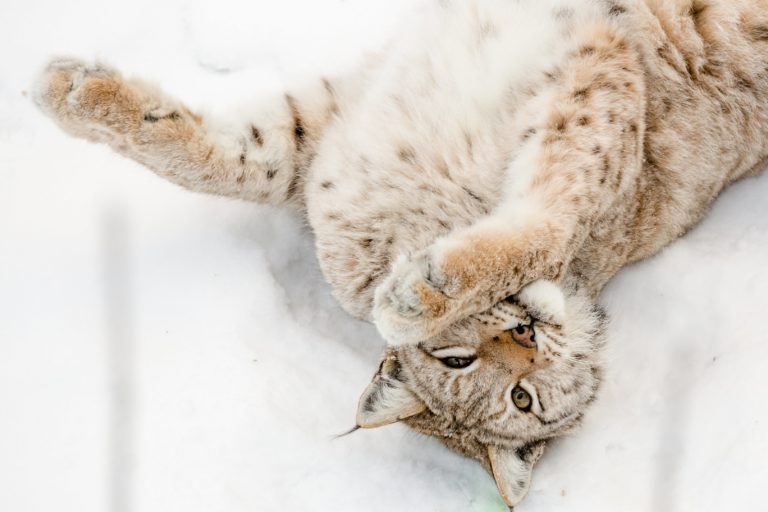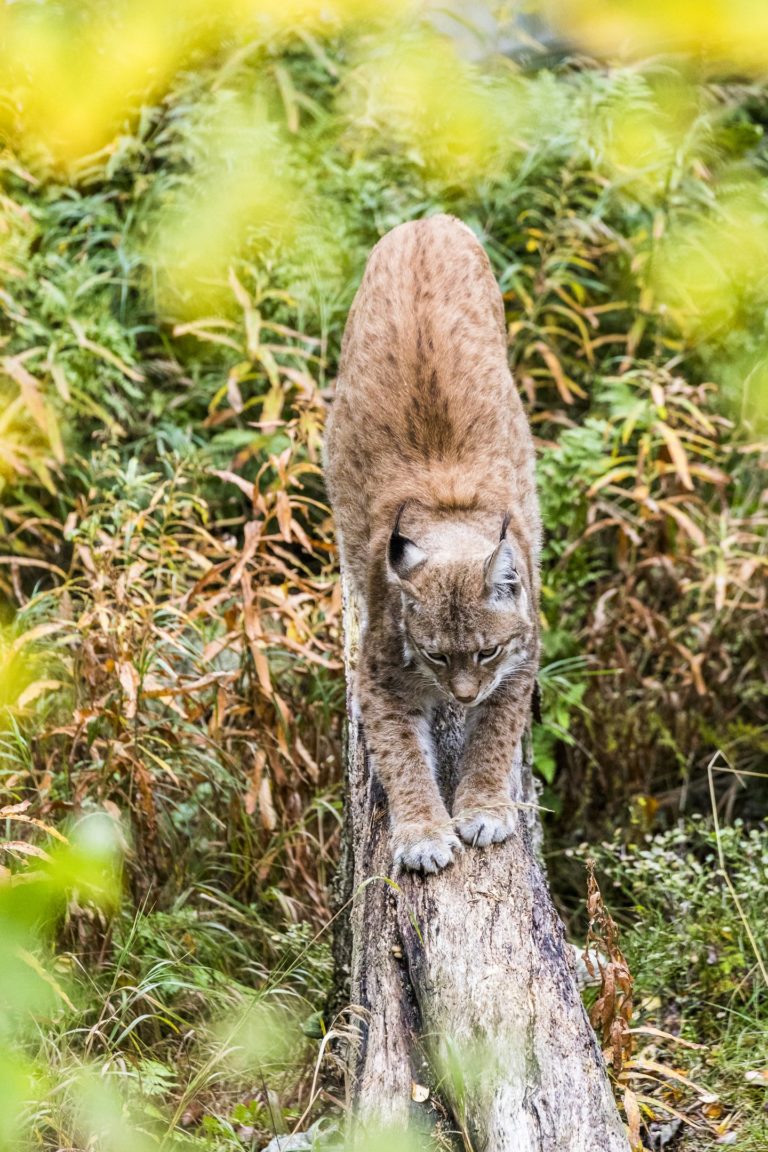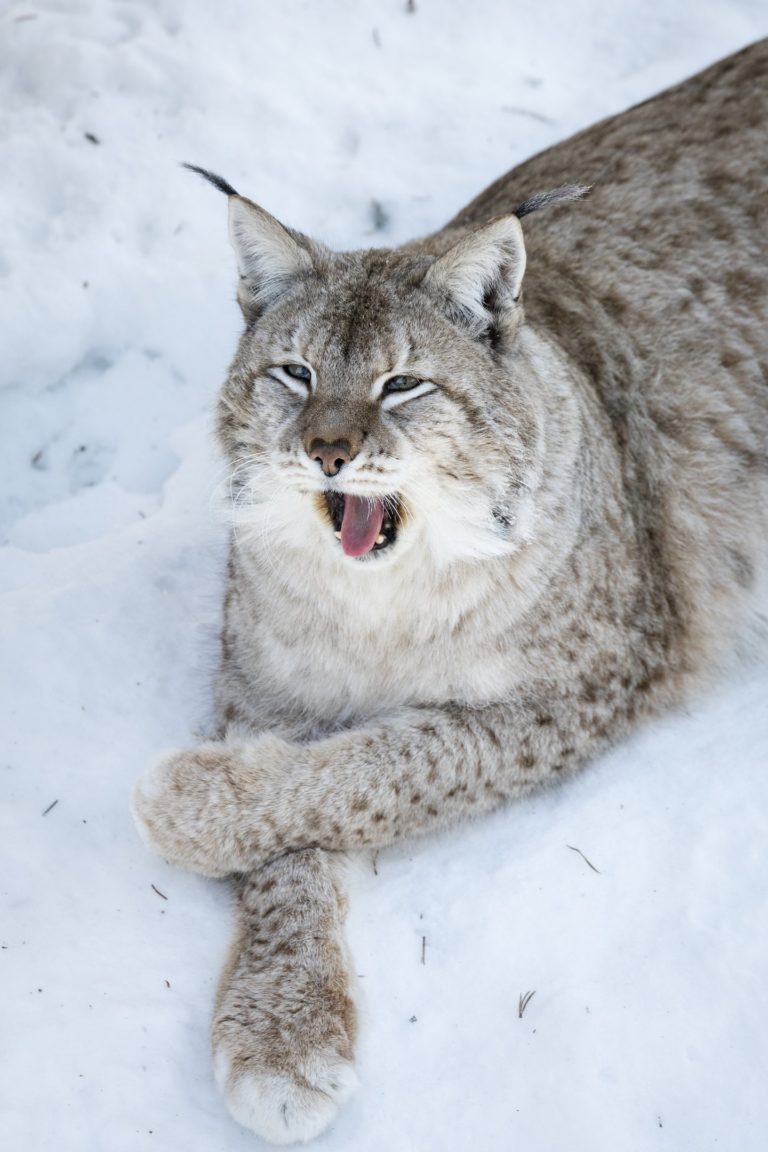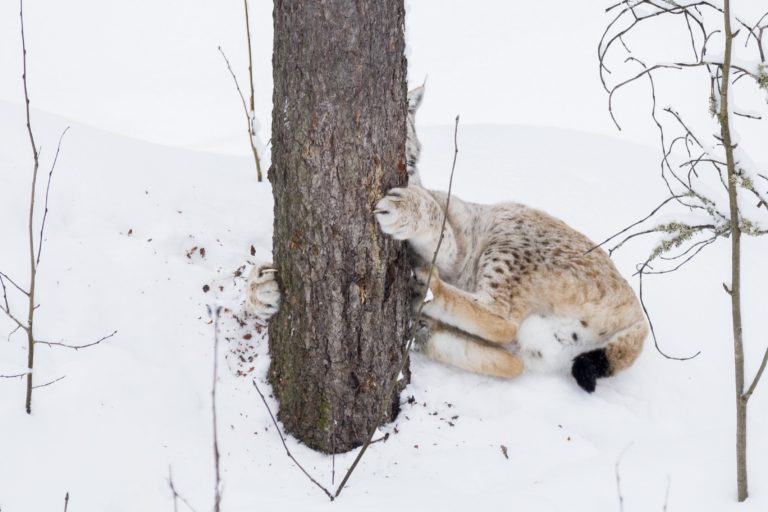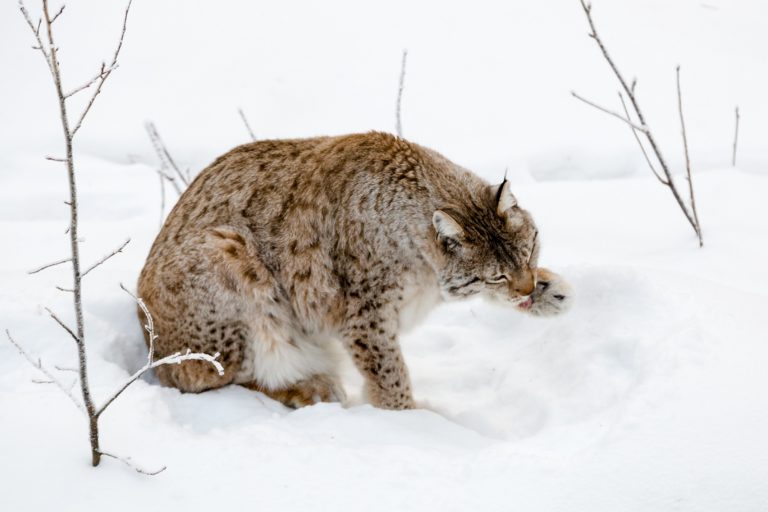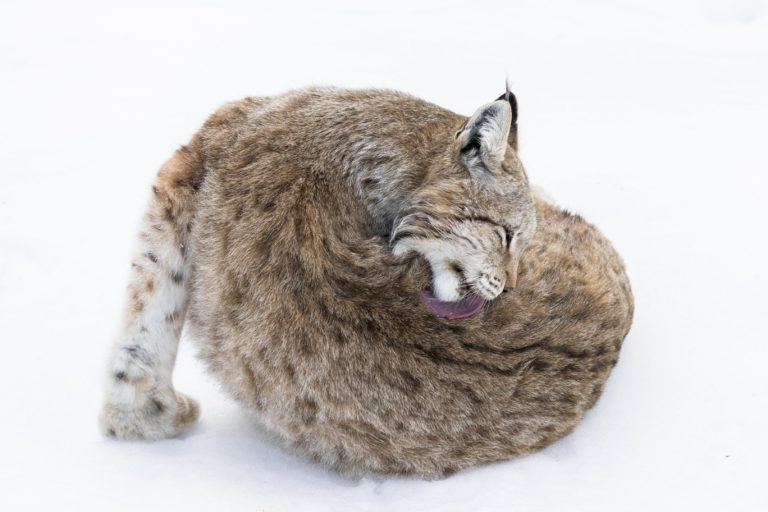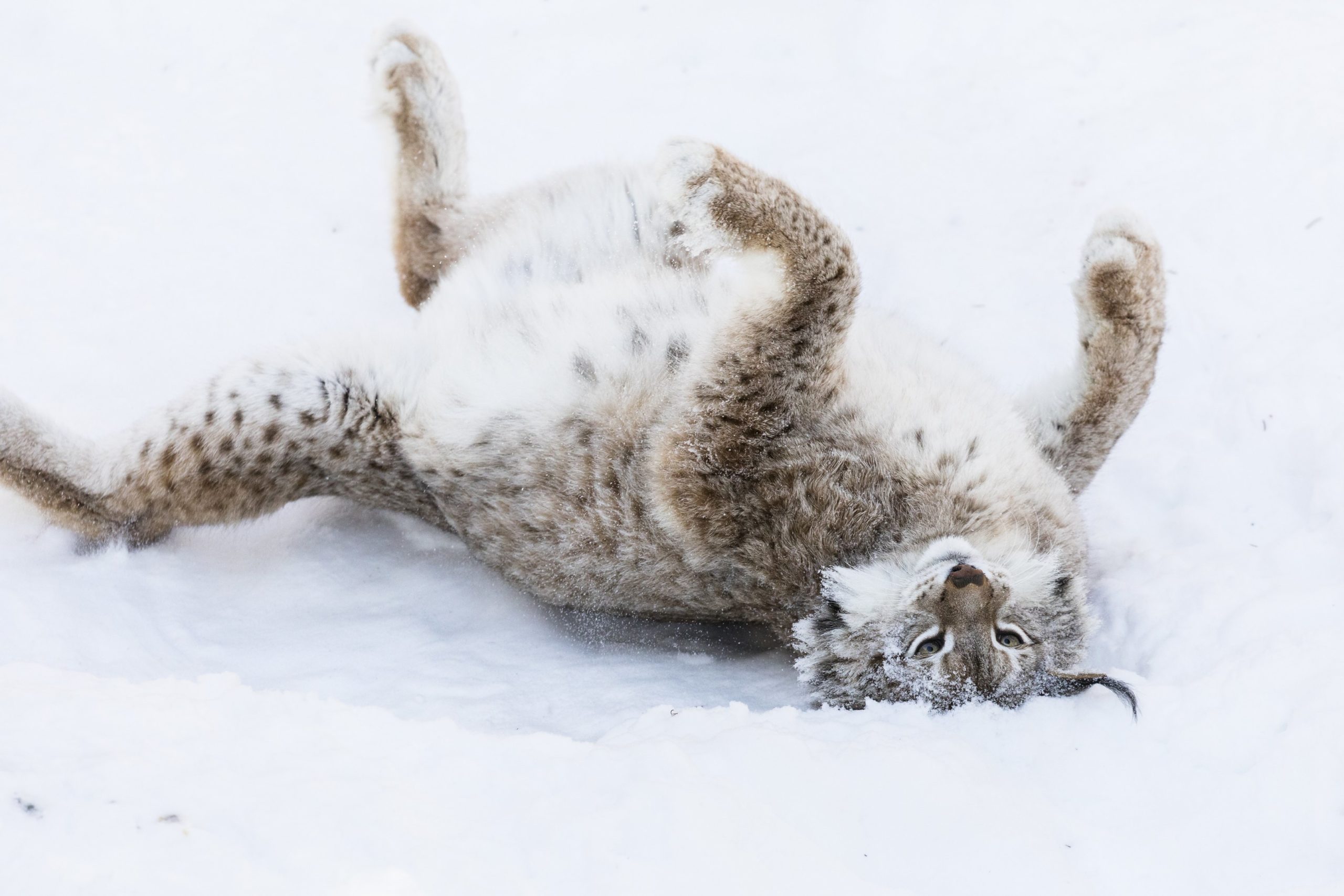
Lynx
LIVING HABITS
Lynxes breed in various different types of surroundings all around Finland, excluding mountain areas and wide-open coastlines of Ostrobothnia. The lynx feeds mainly on hares. The prey may also include other animals, such as, white-tailed deer, roes, grouse and small mammals. As rabbits and white-tailed deer thrive primarily in broad-leaved and mixed forests, on the edges of fields and in shrubs, these areas are also preferred by the lynx that are active during dawn and dusk. Lynxes may also prey on reindeer at reindeer husbandry areas in Finland. Lynxes are solitary animals; only the mother and its young of the year live together. These days, especially young lynxes can be seen close to human habitation, but a well concealed lynx with its spotted fur is a rare sight to see.
PROTECTION
The lynx population in Finland was hunted close to extinction in the first half of the 1900’s. The law of protecting the species came into effect in 1962, and the population began rebounding due to lynxes brought from behind the borders from the East to the West. Nowadays the lynx population in Finland is thriving; about 2300 individuals (2024). The lynx is a game animal now. Today, the annual amount of quarry is up to 300-400 individuals. The lynx population in the Central and Southern Europe is small and isolated. The population on these areas have been created or strengthened by introducing the lynx to the area. A few of the lynx cubs born at Ranua Wildlife Park have been introduced to the Hertz National Wildlife Park in Germany to strengthen the population there. The lynxes here at Ranua Wildlife Park are part of the European StudBook (ESB).
ADAPTING TO WINTER
The thick winter fur protects the lynx against the cold and the furry, papillae covered paws ease up its travel across snow-covered areas. In soft snow the lynx spreads out its toes in order to broaden out the surface for its step.
Lynx
Lynx lynx
Class: Mammalia – Mammals
Order: Carnivora- Carnivores
Family: Felidae – Felines
Size: 7-25kg, length 70-120cm + length of tail 15-25cm, stands at 60-75cm at the withers.
Breeding: Heat in February-March.
Lifespan: 14-17 years

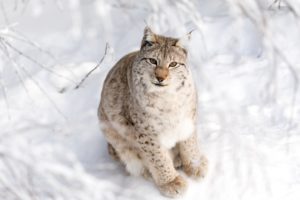
Did you know…
Did you know that the lynx and common cat have many similarities? Both are active at dusk and night, both prowl carefully for their prey and are extremely tidy. The lynx even purrs like a cat, though their purr matches the size of their figure indeed.





